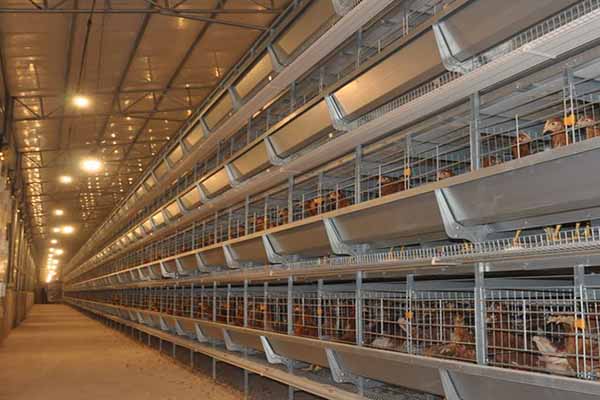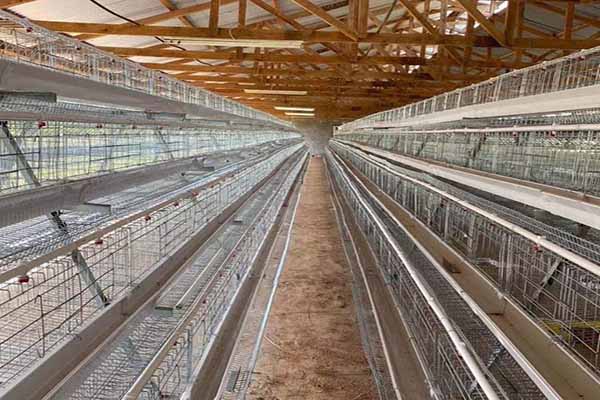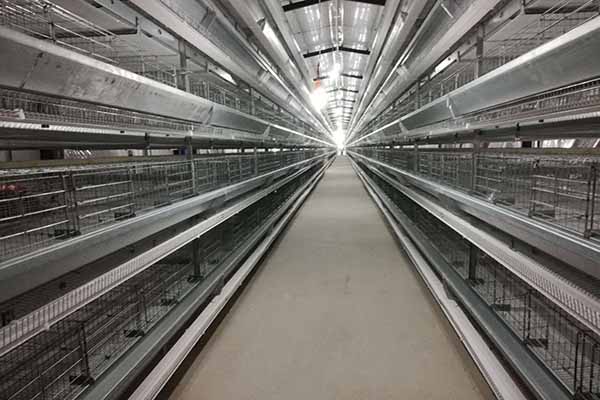Efficient Automation: An Automatic Egg Collection System for 200,000 Chickens in Uganda
Uganda’s poultry industry is experiencing significant growth, and with the increasing number of chickens being raised, efficient egg collection systems are becoming crucial. For a farm housing 200,000 chickens, an automatic egg collection system is not just beneficial but essential. This article explores the benefits and features of such a system.

Why an Automatic Egg Collection System is Necessary
Manual egg collection is labor-intensive, time-consuming, and prone to errors. An automatic egg collection system can significantly improve efficiency and reduce costs.
- Reduces labor costs by automating the collection process.
- Ensures hygienic egg collection, reducing the risk of contamination.
- Increases egg yield due to minimal disruption of the flock.
Key Features of an Automatic Egg Collection System for 200,000 Chickens
Designing an automatic egg collection system for 200,000 chickens requires careful planning and consideration of the following features:

- Capacity and Speed: The system should be capable of collecting eggs at a rate of up to 100 eggs per minute.
- Scalability: The system should be easily scalable to accommodate future growth in the flock size.
- Automated Cleaning: The system should have an automated cleaning cycle to maintain hygiene.
- Integration with Farm Management Software: The system should be compatible with existing farm management software for data integration.
Case Study: Automatic Egg Collection System Implementation
One of Uganda’s leading poultry farms, with a flock size of 200,000 chickens, recently implemented an automatic egg collection system. The results were impressive:
- Increased egg collection efficiency by 40%.
- Reduced labor costs by 30%.
- Improv
 ed egg quality and reduced breakage rates.
ed egg quality and reduced breakage rates.
Cost and Return on Investment
The initial investment for an automatic egg collection system can be significant, but the long-term benefits often outweigh the costs. On average, the return on investment (ROI) is achieved within 18-24 months.
| Cost Components | Estimated Costs (USD) |
|---|---|
| System Purchase | $100,000 |
| Installation and Commissioning | $20,000 |
| Training and Maintenance | $10,000 |
| Total Initial Investment | $130,000 |
Conclusion
Investing in an automatic egg collection system for a 200,000 chicken farm in Uganda can lead to substantial improvements in efficiency, cost savings, and egg quality. If you’re considering such an investment, contact us for a free, tailored chicken farming design and equipment quotation.




